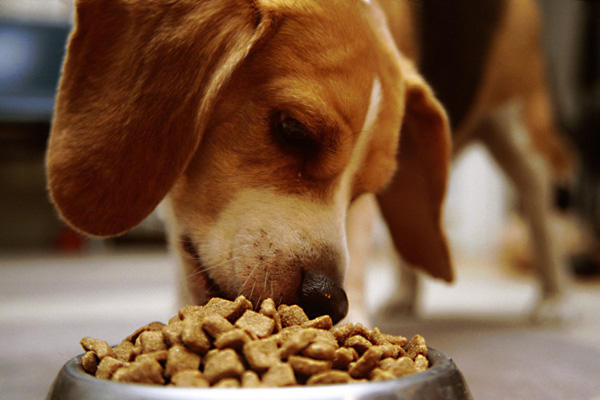Arthritis In Dogs: How To Know If They're Suffering
Dog arthritis is a common term meant to denote pathological changes of a joint. Causes are varied and include trauma to the joint(s), some course of infection in the body that affected the joints, and genetic defects, excessive and strenuous overuse of the joints. It is also possible that deterioration in the immune system can cause inflammation and damage in the joints' tissues. Normal and more intense dog activity such as walking and running, sports workout can cause joints to become slightly displaced. Altered positioning of bones and cartilages results in abnormal wearing of a joint which does not have enough time to recover and heal.
Arthritis in dogs causes pain when the animal moves causing more and more reluctance to be active. They want to avoid pain. While some dogs are more prone to developing this condition, arthritis affects both young and old dogs, big and little and breeds of all kinds.
Dogs have learned through evolution that injured and sick dogs are attacked by predators. As a result they've learned to hide their pain. Dogs are good actors. That makes it sometimes quite a bit late in the development of the disease before it's apparent the dog is really in pain - when they are no longer able to hide it.
The signs of dog arthritis can be: the fact that a pet behaves carefully; walks slowly; stands up and lies down with a great care; tries not to move very fast; refrains from playing and is not willing to run. Moreover, a dog experiences an evident difficulty when walking up a staircase. Dogs will make an effort to conserve their energy and refrain from activities that will cause pain and discomfort. As a rule, a dog becomes more passive, sleeps longer and may show less joy when its owner comes home.
To effectively treat a dog with arthritis it takes a combination of medicine and behavior modifications. First off, the dog should take medication to reduce inflammation that will relieve pain and stiffness. For a natural, safe and non-toxic treatment, try Pet Bounce, a homeopathic substance. Once the dog's pain has been reduced, you can then move on to regular physical activity based on pet exercise of increasing distance and speed of walks on a daily basis; keep the environment nice and warm (warm joints are less stiff and painful); pet diets based on balanced food enriched in vitamins, minerals and amino acids (that does not result in excessive weight which is known to be one of the primary reasons of joint displacement causing arthritis).

 Four Helpful Truths About Blindness in Dogs
If youre reading this theres
Four Helpful Truths About Blindness in Dogs
If youre reading this theres
 Pet Dog Supplies - To Keep Your Pet Dog Happy
Every pet has their own individuality, especially dogs.
Pet Dog Supplies - To Keep Your Pet Dog Happy
Every pet has their own individuality, especially dogs.
 Durable Dog Toy Outlasts the Strongest Jaws
Credit: Jeannine T
Durable Dog Toy Outlasts the Strongest Jaws
Credit: Jeannine T
 An Introduction To Clicker Training For Dogs
How To Begin Clicker Trainin
An Introduction To Clicker Training For Dogs
How To Begin Clicker Trainin
 How to have a Well Behaved Dog and Save Money at the Same Time
My partner was fixated on getting a pet dog, and cost w
How to have a Well Behaved Dog and Save Money at the Same Time
My partner was fixated on getting a pet dog, and cost w